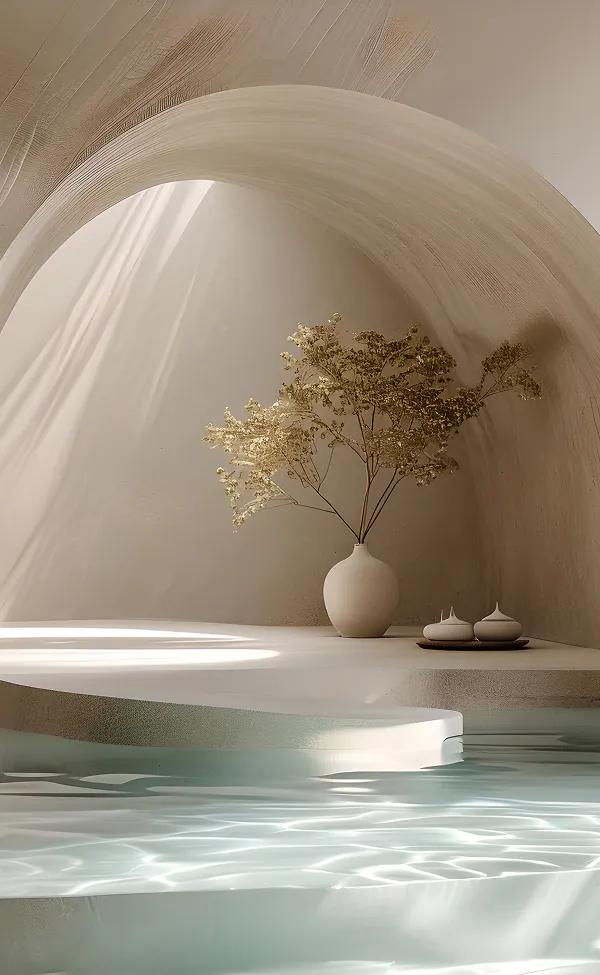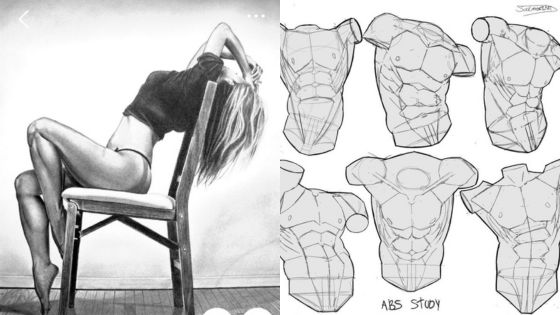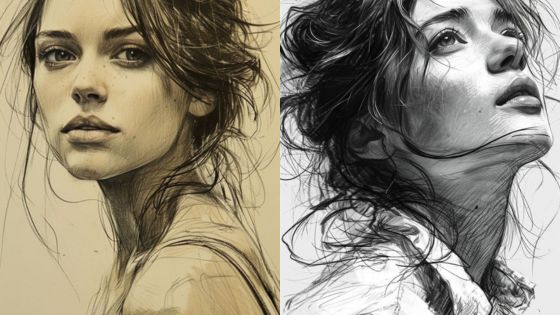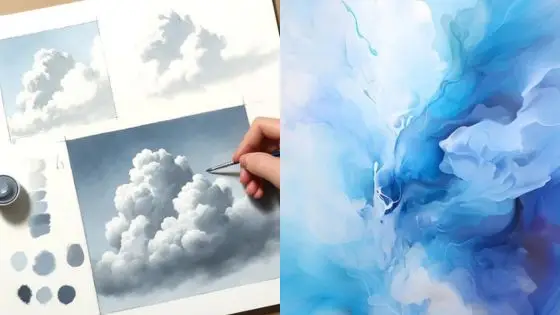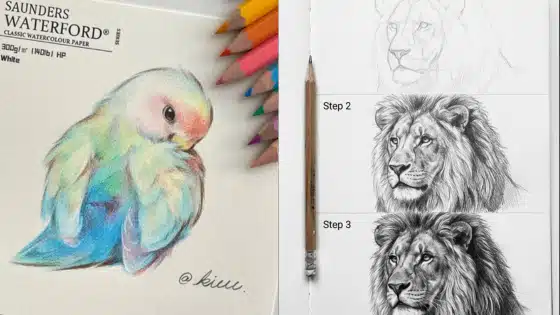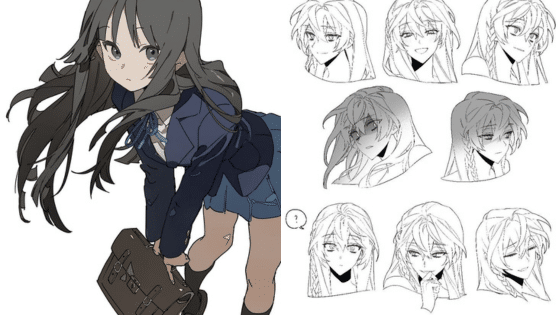Learn Japanese Calligraphy
Shodō is the Japanese term for calligraphy, or literally, “the beautiful writing.” It is not merely the art of putting characters on paper but drawing characters from… the very soul. For those who are interested in mastering this wonderful art of Japanese calligraphy, learning Japanese calligraphy at different levels is the perfect occasion for everyone, regardless of whether he/she is a beginner or a professional. This beautiful boat is a great tool to improve attention, achieve inner harmony, and appreciate the value of minimalism.
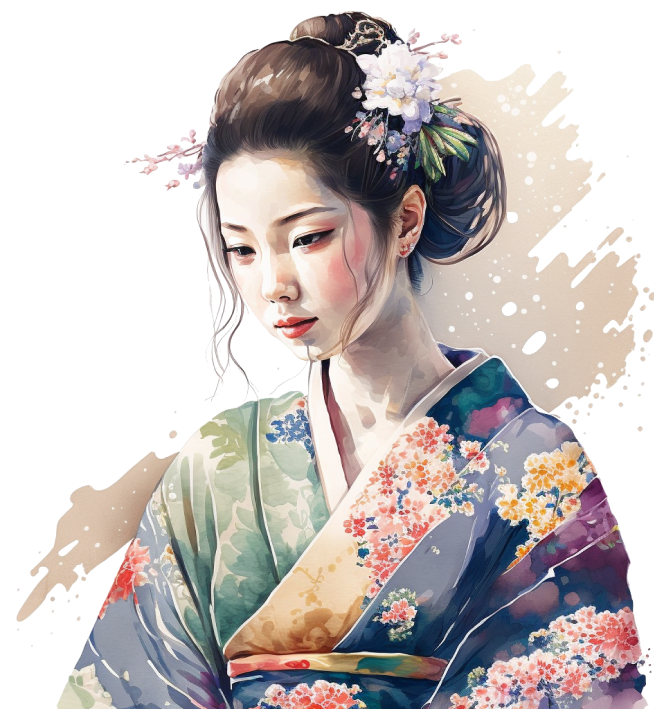
What I find most enthralling about the art of the Shodō is arguably the ability with which the Japanese balance skill and passion. And whether stupendous, whether just starting to plunge into acupuncture, be sure that the acquisition of this great art can bring a great deal of satisfaction. For beginners, it’s an opportunity to learn patience and precision, while more advanced students can explore the complex emotions expressed through each brushstroke.
About Japanese Calligraphy
The art demonstrated in the picture belongs to the tradition of Japanese calligraphy that originated based on the early Chinese characters but drew their specifics over centuries. Shodō seems to be a discipline in which the use of techniques can be freely expressed, and artists can paint sad stories and strong feelings into the most basic symbols. Fundamentally, Japanese calligraphy only needs a few items to be used as a Japanese calligraphy set: brush (fude), ink (sumi), inkstone (suzuri), and paper (washi). These tools are basically as critical as the skill itself, as they are the core building blocks of any work.
An important component of this approach is the coverage and purpose of each move. Each movement is consciously controlled with the artist demonstrating a unified approach to the mental, physical, and objects. Indeed, more often than not, Japanese calligraphy is more of an art of writing, drawing, and meditating.
Japanese Calligraphy for Beginners
To beginners, Japanese calligraphy may seem a very complicated and difficult art form, but once the right directions have been given, the activity is one of the most satisfying forms of art. The mandatory prerequisite of the learning process includes the comprehension of the primary Japanese calligraphy exercises given in the context of calligraphy in Japan, the control of the brush, and the steady lines on the paper. People finding this art form new are first taught to draw small and easy characters so as to build up their hand muscles as well as coordination.
A vital part of the process is learning how to breathe while doing Japanese calligraphy. Breath control is also a critical factor since this will afford the needed fluidity for the art forms. They are a product of the practitioner’s attitude; therefore, constant deep breath works to maintain the standard and neatness needed. When breathing out, you control the movement of the brush, painting it in a sweeping manner.
To ensure proper form and discipline, beginners must adhere to the Japanese calligraphy rules, which dictate how the brush should be held, the angle of strokes, and the flow of ink. These rules are designed to help learners internalize the basics of Japanese calligraphy, such as proper posture, wrist movement, and the rhythm of brushwork.
One of the first lessons for beginners is understanding the basics of Japanese calligraphy, which includes fundamental techniques such as the “dot” and the “line.” These may seem obvious, but first, getting them right will enable you to reach the higher levels. I have to start going easy and working the brush on the paper regularly so that the movements become as natural as possible. In the process, learners acquire awareness of balance and spacing, as well as the natural rhythm of characters.
Another approach to calligraphy for a beginner is to try to reproduce the same styles used by other traditional calligraphers. This enriches the necessary technical knowledge and reveals the philosophy and feeling residing in each character. So remember, Japanese calligraphy is more of a process than a purpose or a method in creating a unique piece of art.
Japanese Calligraphy Art
Unlike just being a technique of writing, Japanese calligraphy is a very deep means of art presence. This is by far one of the warmest texts, embodying the spirit of plainness, symmetry, and elegance inherent in black ink on white paper. Japanese calligraphy art incorporates much gestures of emotion and meanings in how the artist handles the brush. Each of them opens or conceals a narrative, be it one figure or a sequence of figures.
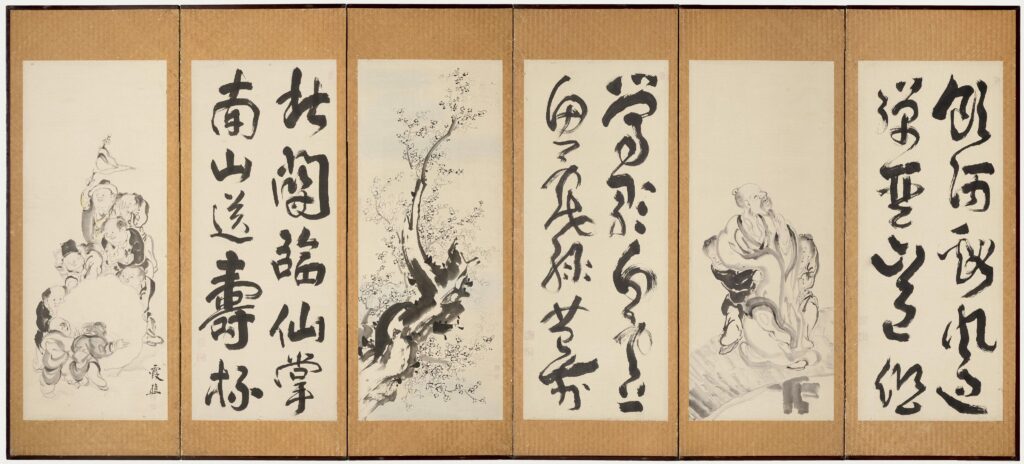
This is why Japanese calligraphy art is what it is: the emphasis is placed on the artist and his spirit. It immediately translates into what is on the paper itself and boldly depicts a true image of the emotional calligrapher. There is a saying in Shodō: This drenched brush became dancing while the ink sang in a Voltarian way. It also translates the beauty of Japanese calligraphy as strokes that have their own life within and around them.
For the more experienced artist, however, it translates into a free form where the artist can cross between styles, shapes, or forms to create masterpieces. The complete free movement of ink and the random movement in drawing with the brush make each piece unique. When two artists and poets seek to pen the same character, they are never likely to depict the figure similarly because each line painted is a snapshot of the artist’s thoughts and feelings at the moment of painting.
Japanese historical calligraphy has been transforming as time passed, and present-day artists mix calligraphic forms with latter-day styles. This synthesis results in originality, which enhances the applicability of the art more than ever before now that it has been fused into one rather than being a stand-alone separate idea.
Therefore, learning the Japanese calligraphy is the process of acquiring a new skillful art, the spiritual and artistic logistic that brings mind, body, and soul together. For those who simply wish to learn the basics of Japanese calligraphy, just as well as for creative people who are interested in the deeper meaning behind the art, there is a lot of potential for growth.
- 6shares
- Facebook0
- Pinterest6
- Twitter0
- Reddit0





